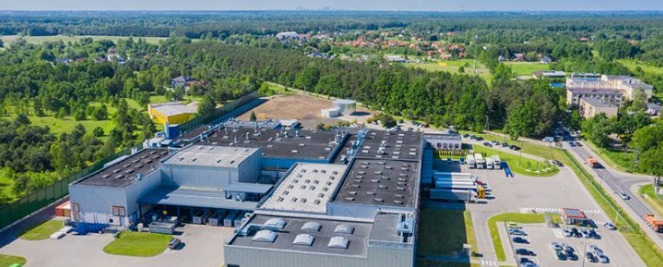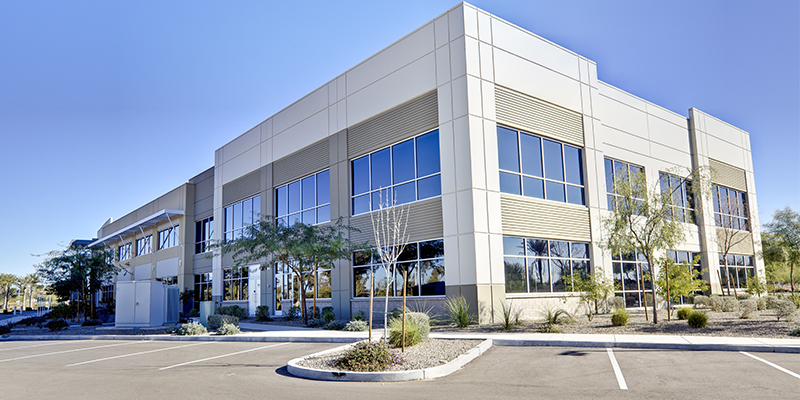By Trey Barrineau
Industrial properties are often built near neighborhoods, but that isn’t always popular with the residents, who have legitimate concerns about noise, traffic and pollution from the increased volume of trucks and vans.

Industrial properties are often built near neighborhoods, but that isn’t always popular with the residents, who have legitimate concerns about noise, traffic and pollution from the increased volume of trucks and vans.

Since the start of the pandemic, sleepy small towns and suburbs have taken on new luster as people have migrated en masse from the urban core, drawn by the lower cost of living and with the flexibility afforded by increased remote work options. Will this be the new normal, or will people move back to the major metropolises once we put the pandemic behind us? What does it mean for office real estate in the short and long term?
In a recent NAIOP webinar, experts from Marcus & Millichap shared their research and insights into how these trends are shaping the investment landscape for urban and suburban office spaces. They began by examining the broader economic context underlying the urban to suburban shift before discussing recent office sale trends, the impact of demographics and what’s ahead for this sector.

The COVID-19 pandemic has left America’s retail districts pockmarked with empty storefronts, but there is a creative solution. These vacant spaces, which often can be purchased or rented at reduced prices, are prime targets for conversion into retail incubators.
Retail incubators, like business incubators, nurture new or small-scale entrepreneurs during the startup phase. They mitigate some of the challenges of opening a business by providing financial and technical assistance, such as the basics of marketing and business plans. Tenants typically share space, ideas and operating expenses in locations that they could not otherwise afford. Many spaces have flexible or temporary lease terms. Some allow for small-scale manufacturing and hold community events, such as product demonstrations, fashion shows and art openings.
